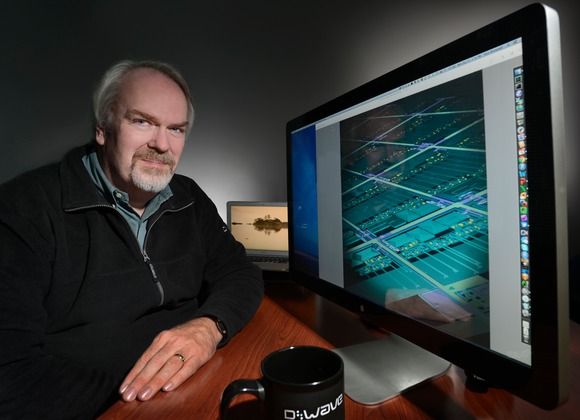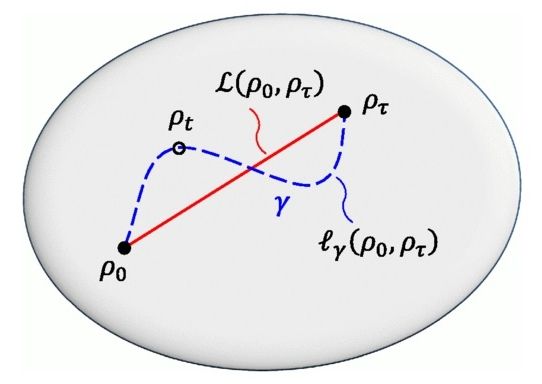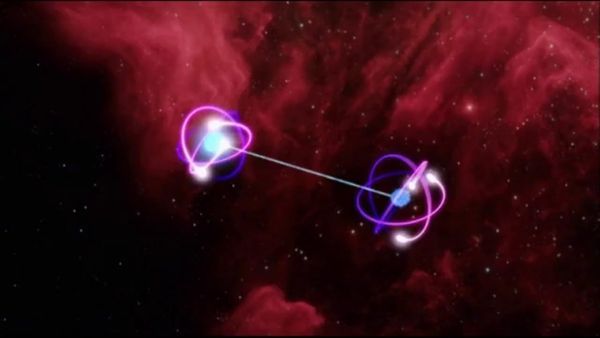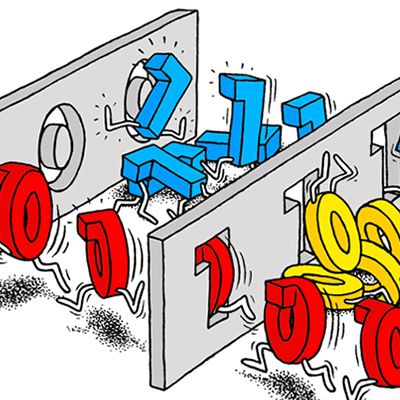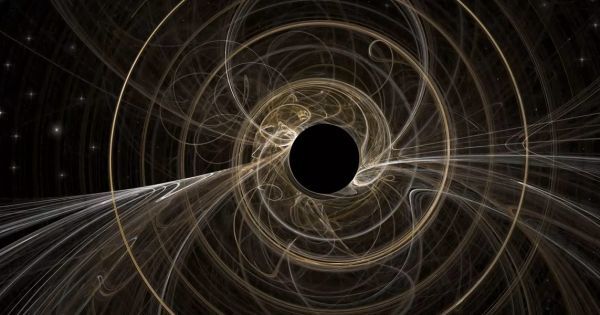Definitely aligns with my NextGen transformational roadmap leading to Singularity. 5th Revolution is with Quantum technology, BMI, early Biocomputing. 6th Revolution is Singularity with Biocomputing evolved and all things living are enhanced via both technology and Biocomputing and several cases of hybrids through synthetic genes and technology. So, no shocker here.
A team of researchers at MIT has developed a technique to integrate both analogue and digital computation in living cells, allowing them to form gene circuits capable of carrying out complex processing operations.
Living cells are capable of performing complex computations on the environmental signals they encounter.
These computations can be continuous, or analogue, in nature — the way eyes adjust to gradual changes in the light levels. They can also be digital, involving simple on or off processes, such as a cell’s initiation of its own death.

